Luppa Island
Introduction
Luppa Island is a small piece of land on the river Danube, a few hundred meters north of Budapest’s administrative border between the town of Budakalász and the island of Szentendre. The eight-hundred-meter-long and, at the widest part, approximately two-hundred-meter wide, spindle-shaped island has been transformed and shaped by the deposits of the river.
Close to the Hungarian capital yet far from the noises of the city, Luppa Island is a peaceful haven of tranquillity that is easily accessible for those wanting to escape the hustle of modern life. Luppa sits in the middle of the river with no connection to the mainland other than a small ferry that takes passengers to the island every hour. The island has no vehicle traffic as it can be conveniently walked across or rowed around. Its main road, which runs inland parallel to the river, is an avenue flanked by a tall row of old sycamore trees. Plotted out at the same time, the land is coloured with what appears to be a perfectly uniform architectural vista comprising around 80 Bauhaus-style holiday houses. The harmonious built environment is complemented with lush yet well-kept greenery in the form of small patches of neat gardens and parks maintained by the appointed caretaker of the island. In essence, Luppa is a small piece of paradise, a representative of a bygone era of harmonious, tranquil coexistence.
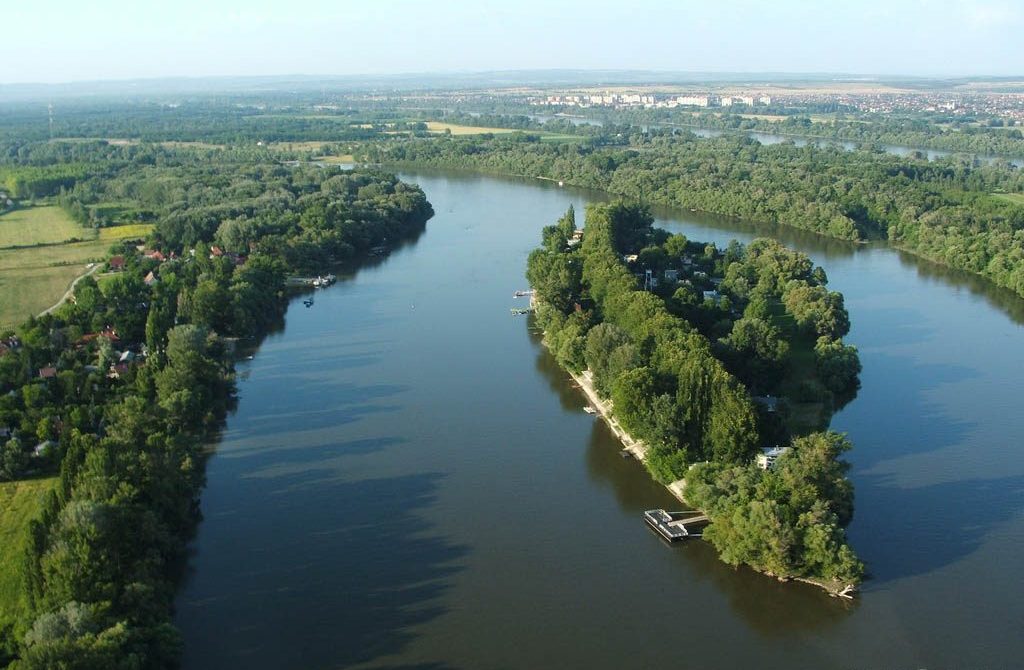
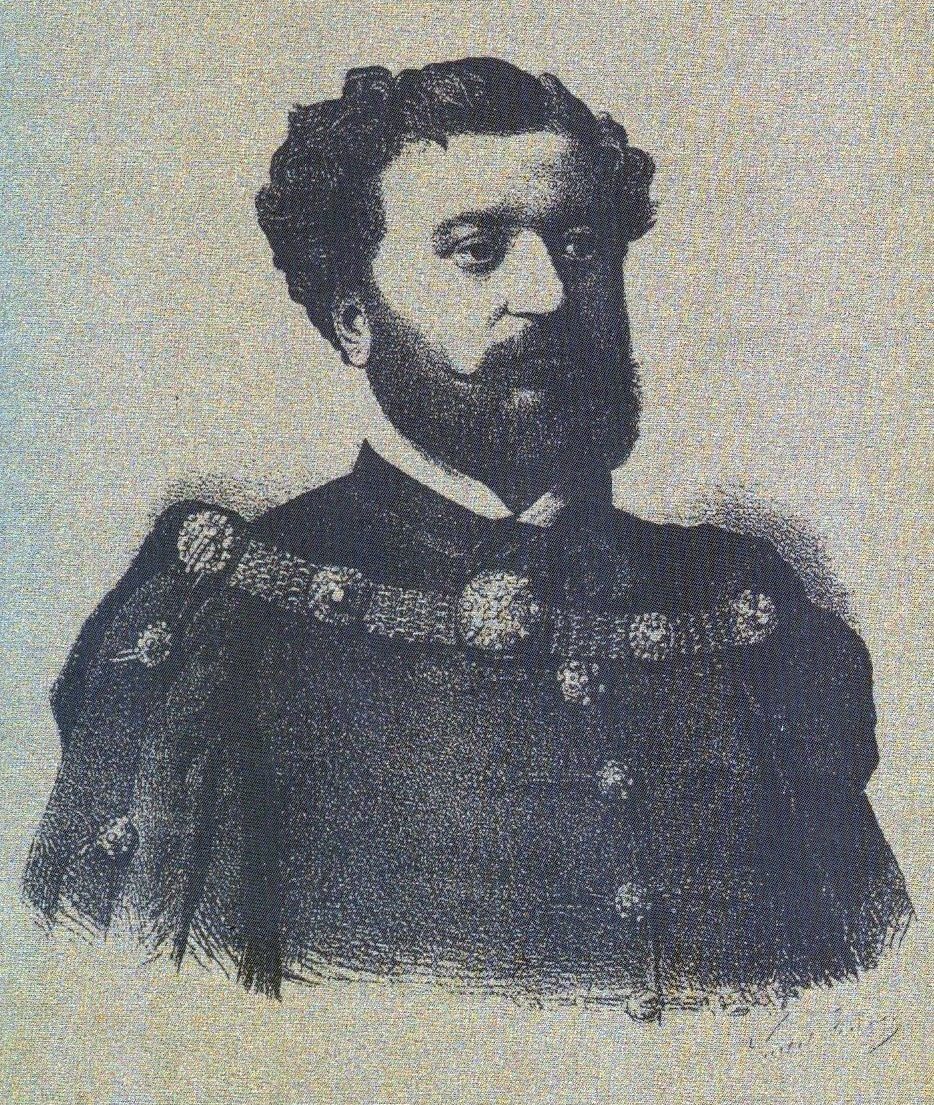
Peter Luppa, (1838 – 1904)
The name and the man behind it
The spelling of the island’s name is somewhat ambiguous: some write Luppa with one “p”, others with two. The official website uses one “p”, just like the sign giving instructions at the ferry stop, while the two posters on the ferry itself refer to the island as Luppa. At some places Luppaisland is written as one word, at others the words are separated or even hyphenated. Being a wealthy landowner Luppa could afford to buy a nearby island that was uninhabited at the time. Though the island was not particularly valuable due to the impracticalities brought upon it by regular flooding, Luppa fell in love with the place and visited it on many occasions. However, he made sure to leave the island largely intact, building only a small house for the caretaker and planting just a few orchards to cultivate fruits.
History and architecture
Budakalász, an old Hungarian town that existed as a parish as far back as 1332, is where Luppa Island belongs to administratively. However, Luppa is independent from Budakalász not only geographically, but when it comes to its culture and inhabitants as well.
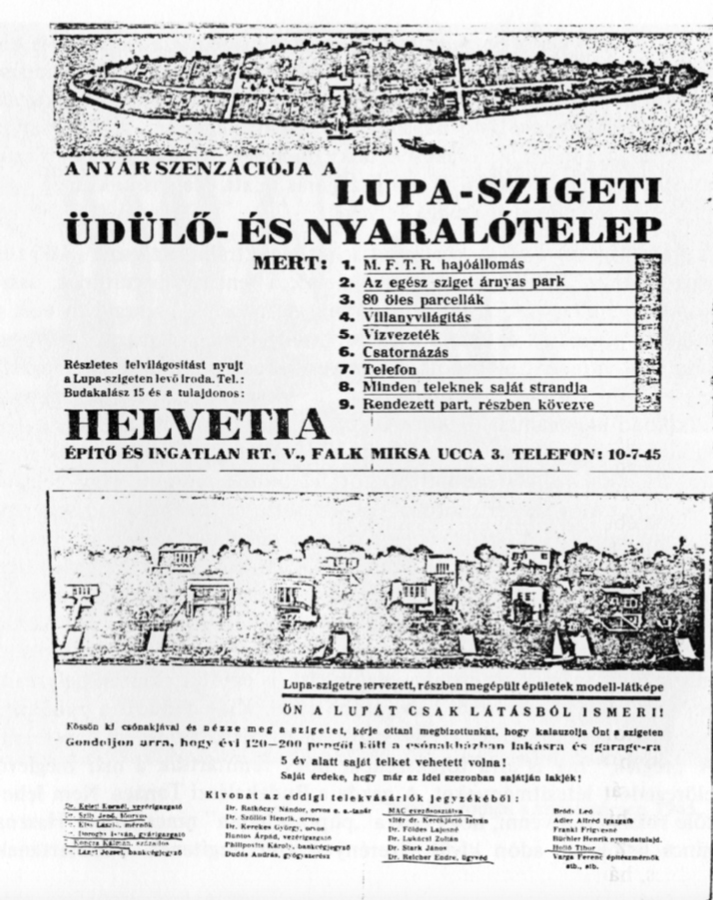
Helvetia flyer
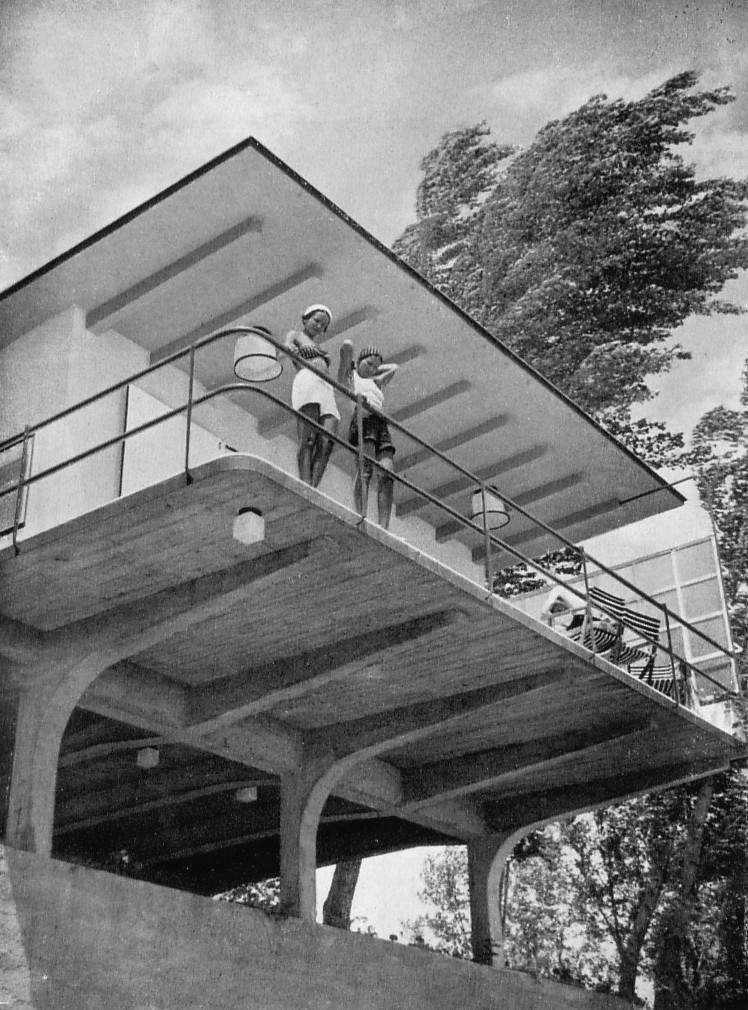
House of Lajos Kozma, 1935
Luppa was parcelled out in 1932 by Helvetia Construction and Real Estate Company Limited, making it one of the first holiday islands of the country to be inhabited. Helvetia divided the land into long, narrow strips, so that each plot had access to both the main road running inland as well as to the waterfront. The planning and the execution of the project were of exemplary foresight and thoughtfulness. For instance, before selling out plots the company made sure to create efficient infrastructure and to introduce modern amenities. Furthermore, those who bought land were obliged to sign a contract with the Luppa Association in which they accepted a set of rules they had to adhere to in order to live on the island, and agreed to pay a membership fee which was to be spent on maintaining the island. Following the conclusion of Helvetia’s construction and the subsequent promotion of the new plots, the island was practically full in the matter of a few years.
Soon enough, a sophisticated audience discovered Luppa Island, and a number of well-known figures of contemporary Hungary bought holiday homes here. Playwright Antal Páger was amongst the firsts to buy a plot on the island, and he commissioned the influential architect Lajos Kozma to build his holiday home. Kozma designed the house in a style that was unmistakably inspired by the Bauhaus, which created a fashion on the island. Thus, many more similar houses were to follow. The bottom parts of these typically two-storey-tall buildings are either occupied by storage spaces which can easily be emptied or there are only poles on which the structures were built. This practice of building on poles has developed due to the regular flooding, during which the streets of the island are completely submerged and can only be navigated by boat. Locals are completely used to and prepared for this phenomenon, somewhat similarly to how Venetian are during the infamous acqua alta.

Antal Páger, actor

Lajos Kozma, bauhaus architect designer

Pál, Molnár C. self-portrait
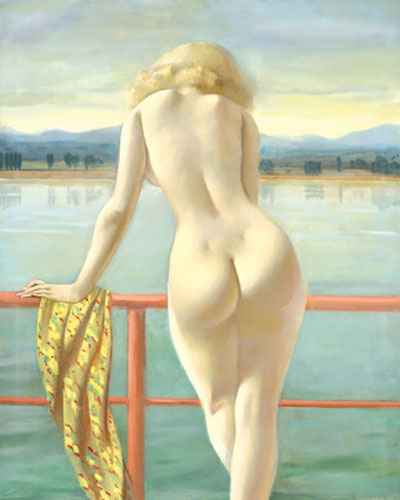
Pál, Molnár C. – Venus
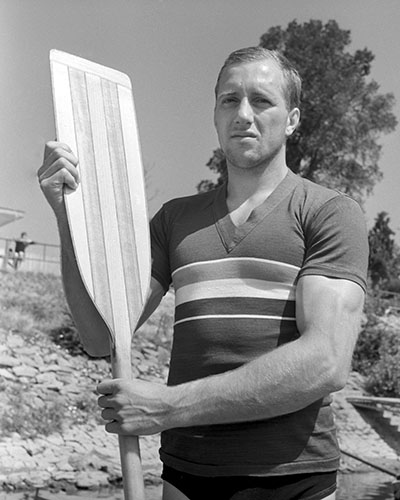
Tibor Tatai, olympic gold medalist, canoe 1

Pál Scmitt, duplex olympic gold medalist, team épée

Ági Margitai, actress
The aforementioned famous residents of Luppa included painter Pál Molnár-C., whose recurring motif of a female nude stood on a balcony can be linked to his stay on the island, hence the naming of the figure as the Venus of Luppa. Illustrious Luppa Residents also included Péter Bacsó film director, György Litván historian, Rózsi Walter opera singer, Béla Krisztinkovich collector, András Román monument protection specialist, Ági Margitai award-winning actress, and Tibor Tatai Olympic Champion. Thus, the island has served for many decades as an inspiration to a diverse group of intellectuals comprising a wide vocational range. Today, we hope to continue this tradition.

Péter Bacsó, filmmaker